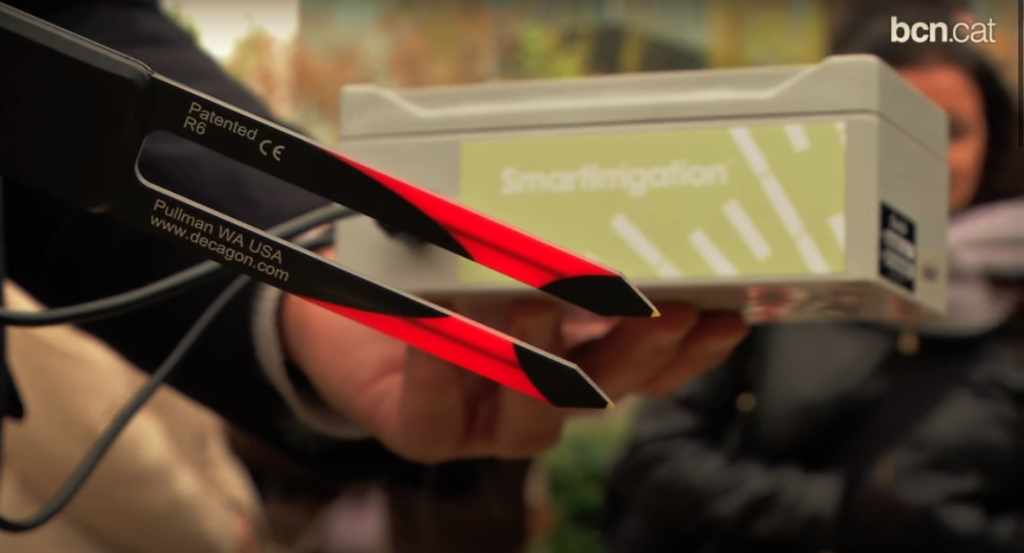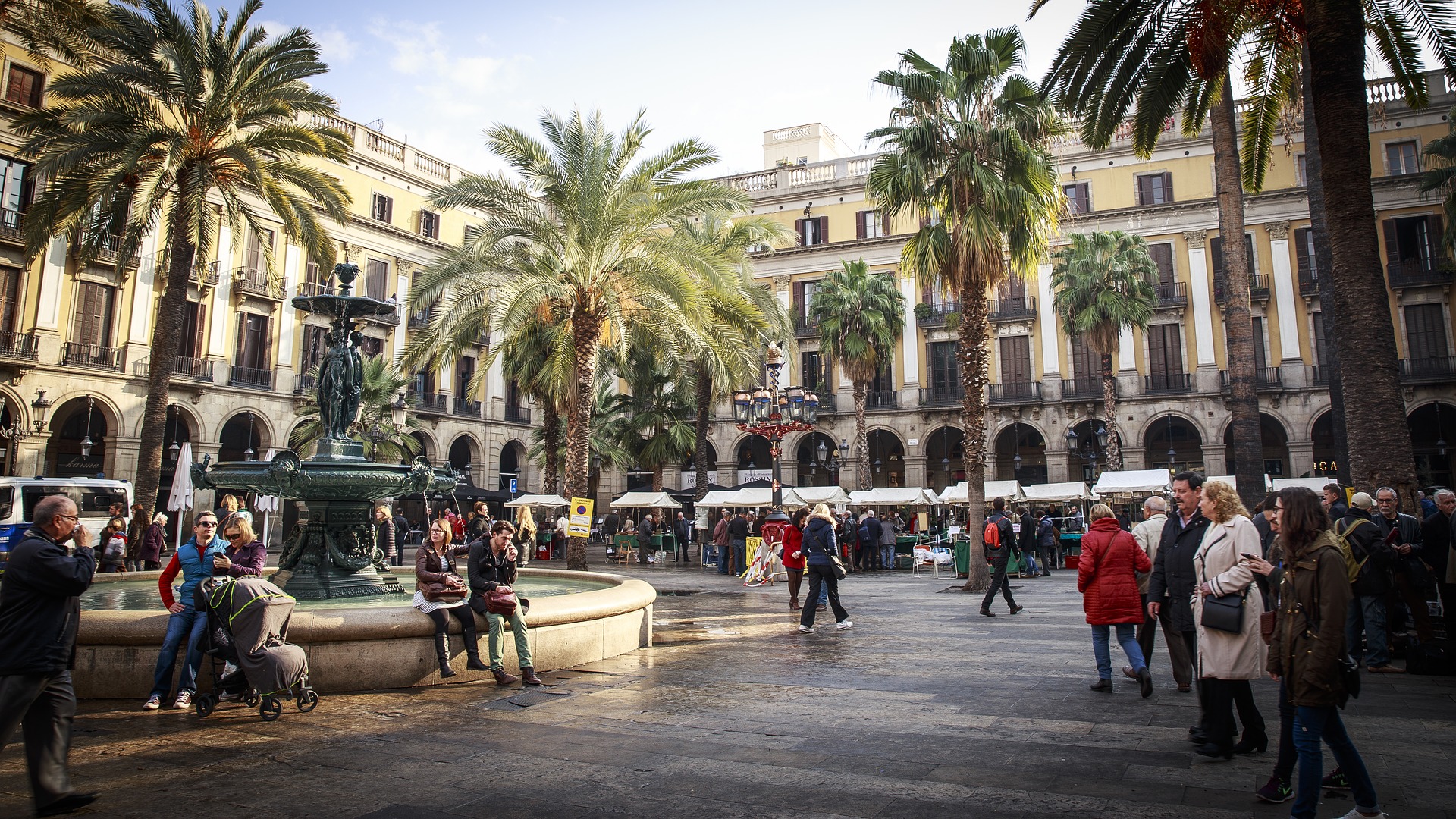In this article, we take a closer look on three IoT solutions that the city of Barcelona has implemented.
Those solutions are just three examples of many IoT projects that made Barcelona a leader in the Smart City movement.
First Solution: Smart Lighting:
Smart lighting is street lighting that’s connected to sensors and a transmitter that switches the light on when people or cars passes next to it, then switches off after. It could be monitored and controlled remotely.
Barcelona has a smart lighting solution installed in the innovative 22@ district, the sensor that’s attached to the light pole detects the movement of someone passing next to it and turns the light on. The street LED lights are connected to an electric panel that collects all the information and sends it to the centralized control centre. It shows in real-time the electricity consumption rates and allows control of the lights from 0% to 100%.
“One of the great benefits of using this sort of lighting is that you get very accurate and individualised control, this is definitely something you don’t get with traditional public lighting”
Says Anna Urbiztondo, Marketing Director at Arelsa, a company that implemented smart lighting system in Barcelona’s 22@ district.
The LED-based lighting system also collects information about the environment through other sensors e.g. pollution, humidity, temperature and noise.
The street electric units, where the LED light are connected, also offer other services like: charging of electric vehicles, Wi-Fi and Fiber To The Home (FTTH).
“The idea is to manage the city in a very sustainable way”
Anna Majo, Barcelona City Council.
Majo adds that this new technology reduces costs, consumption and increases the quality of the air.
Second Solution: Smart Parking:
It’s November 2010, the Pope declared the Sagrada Família a “minor basilica”, the number of people coming to visit the new basilica has considerably increased. This created a congestion in the area, a large number of locals complained. To solve the conflict between tourists, neighbours, buses and cars; Barcelona’s city council decided to implement a smart parking system. The system was developed by Worldsensing to guide coach drivers to the nearest area with empty spaces. The coach drivers can find the number of available parking spots in each area by looking at the electronic panels installed on the street.
Electromagnetic sensors detect the status of each parking space and send the status to an IoT network. The panels show the available spots in real time, coach drivers can also check the parking availability on the website.
The IoT solution implemented reduces the congestion around the Sagrada Família; this answers the concerns of the locals and saves time for everybody in the area. Moreover, it positively impacts the environment by reducing the CO2 emissions.
Third Solution: Water Management:
Smart Water is another area where Barcelona pioneered the use of IoT. In Poblenou Park Centre, a project has been implemented to control the irrigation of water. By only giving the plants the water needed.
Using sensors and information from weather stations and a tele-management watering system, the city is able to save 25% of water consumed. This will result in an annual savings of 425,000 euros. The city hopes that this will become the standard in smart cities.
“We are using the traditional methods of Catalan farmers, who have always been very efficient in their use of water and irrigation control, and turning them into 21st-century technology at the service of Barcelona’s green areas”
Joan Puigdollers, the Councillor for Environment and Urban Services.
To implement the system, the city made an inventory of all the plant types and their individual water needs in each park, then water and humidity sensors were installed. The data collected from the sensors combined with the data from the meteorological stations and rain gauges allows the municipality to control the amount of water needed.

Smart Irrigation unit that senses the water level – source: ajuntament.barcelona.cat under creative commons license
The system is designed so that the Parks and Gardens gardeners can control the irrigation system through a tablet.
“You won’t find this project in any other city in the world, and we want it to become an operational standard, part of the smart-city protocol, part of something that we want to see in all the cities of the world. You can be sure that this is a system that we will install in other cities around the world.”
Antoni Vives, the former Deputy Mayor* for Urban Habitat.
Summary:
Barcelona’s innovative approach in solving its challenges saves the city money, time and effort and paves the way for future applications that could use this infrastructure.
*The government officials job titles mentioned in this article might have changed.
